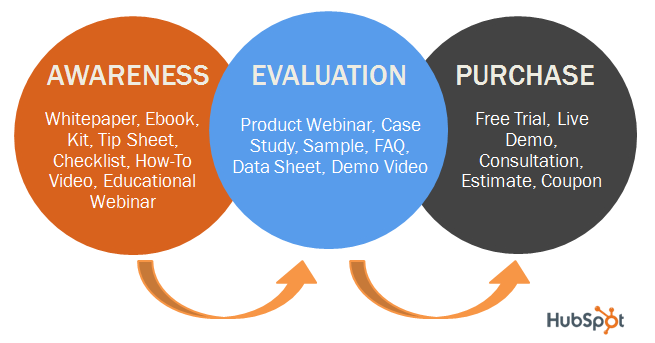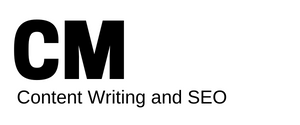
If you’ve ever written anything–even if it’s in red sharpie on a bathroom stall–you had a purpose.
You were either 1) expressing yourself, 2) informing the reader, 3) persuading the reader, or 4) creating a literary work.
The focus of this article is to persuade you to hone in on one purpose when you’re producing content. Because if you don’t, you may as well light your grill, go to the bank, withdraw some money, and have a cash barbecue. That way, at least, you’ll have something to show for your efforts.
I’m being dramatic, of course. But the sentiment remains.
Persuade + Inform = 💩
Though they look and sound similar, providing information that is persuasive is different than writing persuasively.
When you try to do both you get the kind of writing your reader ditches to look at a picture of a Golden Retriever wearing sunglasses.

Think of it this way.
When you need a landing page to persuade a reader to buy your product, you write copy that compiles facts, figures, testimonials, and benefits, stirs them all together, and crafts a story.
The purpose of that story is to persuade the reader to buy your product.
When you need a case study to inform your reader what it’s like when a company or person buys your product, you write a story based on anecdotes and facts from a customer’s experience.
The purpose of that story is to show the reader what it’s like when someone uses your product.
Both of these stories play a role in your content marketing strategy. But neither of them can play more than one role. When a reader downloads your case study, they’re expecting to be compensated for their time with information that helps them make a decision.
If you don’t meet their expectations with a clear purpose (to inform), you lose their trust and their business.
Sloppy writing reflects sloppy thinking.
— Milton Friedman
Your Educational Content is Too Salesy
I blame sales (as all good marketers do) for this muddling of writing objectives. And I can already hear them raising their protest:
What’s the point of writing something that isn’t going to try to make a sale?
Great question. Answer: It’s not the Roaring Twenties anymore.
Today, your customers have access to the information you have.
They’re filtering out advertisements mentally or with ad blockers and DVRs. Regulations have clamped down on spam. And you’re not allowed to tell customers that filtered cigarettes are good for them anymore.
Plus, you have more information about your customers. You know what content they downloaded, how far they read or watched, what they shared, what they liked, what their job title is, who they work for… and more.
With that information, you know who you should inform and who you should persuade.
In marketing speak, this is segmenting your message.
Successful brands get it, and they’re committed to informing their prospects and customers. Look at the Hubspot Academy or Think With Google.
Yes, these organizations have salespeople and content that tries to persuade prospects. But they also know that writing great educational content is the most efficient way to:
- Find the Best Prospects
- Nurture Prospects into High-Quality Leads
- Ensure Long-Term Customer Success and Retention
- Build Relationships with Influencers
Because purposeful educational content is so important, these brands don’t muddy it down with irrelevant calls-to-action.
Sure, they’ll try to persuade you to download content or subscribe to their email list. But they’re not persuading you to make a sale.
They’re persuading you to learn more because your reading of their content signaled your interest in more content. You were ready to be persuaded to download more content and enter further into their sales funnel.
No One Shares Educational Content that Doesn’t Know its Purpose
If you’re like most content marketers, you use social media, SEO, email marketing, and influencer outreach to promote your content.
All can work, but not if you don’t know the difference between persuading and informing.
Good content loses all credibility when there’s an irrelevant CTA dominating the last 25 percent of the piece.
As a result, even legitimate claims will slide off a reader like the rest of the sales loogies the Internet hawks up each day. Industry publications won’t pick up your content without expecting a payday. And journalists will ignore your muddled writing.
One Purpose, One Piece of Content
One piece of content can serve multiple business goals, but it should be written with one purpose.
The easiest way to think about this is to map your content’s purpose to the stages of the buying cycle. Hubspot can help you out with this graphic:

Each type of content in the awareness and evaluation stage requires informative writing.
The demo may be a persuasive one, but only if it’s not masquerading as an informative demo. Don’t offer to show prospects how the product works when you plan on spending the whole demo trying to convince them why it’s perfect for them.
Readers aren’t dumb. They know when you’re selling to them.
Be clear of your purpose from the beginning. When you’re done writing, go back and make sure you’ve stuck to that purpose.
